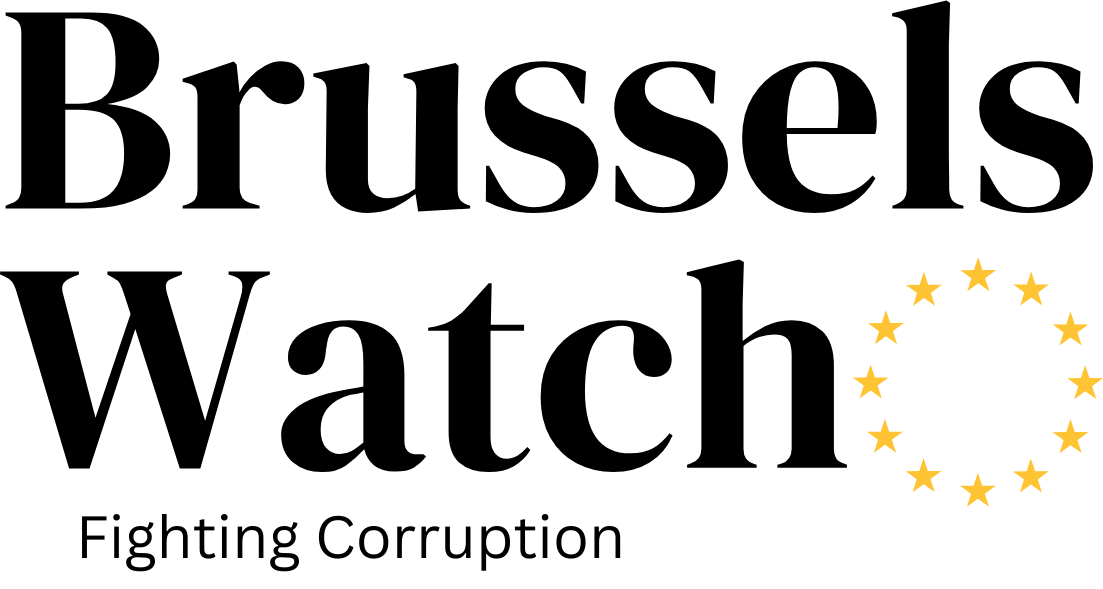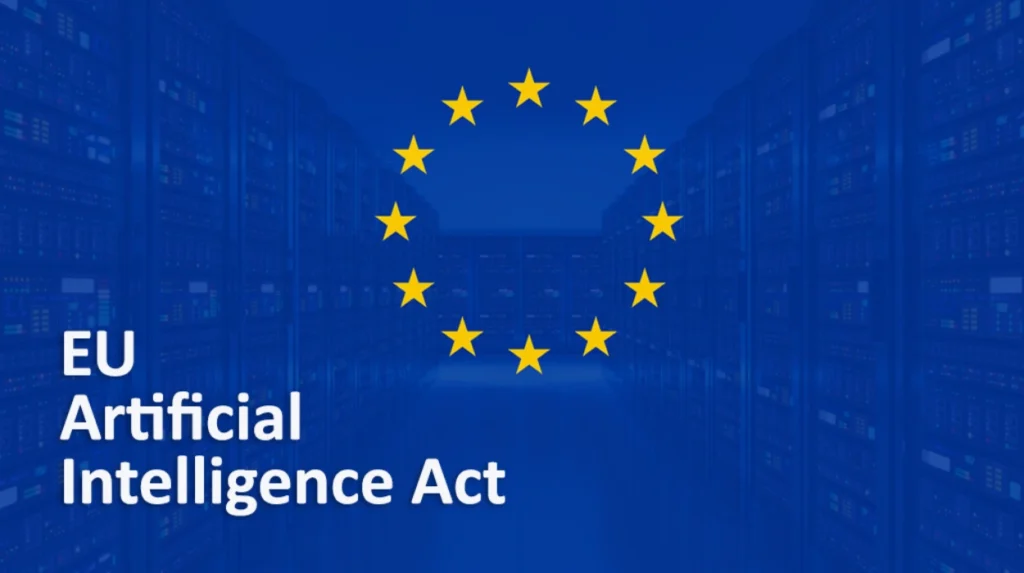The European Union has introduced comprehensive regulations aimed at governing the development and deployment of powerful artificial intelligence (AI) systems, focusing on safety, transparency, and ethical use. These rules seek to balance innovation with protection against risks posed by AI technologies.
New EU Rules on AI
The European Union has unveiled a new regulatory framework targeting powerful AI systems, designed to ensure these technologies are developed and used responsibly. The rules emphasise risk management, transparency, and human oversight to mitigate potential harms linked to AI applications. This initiative reflects the EU’s commitment to leading global AI governance by setting standards that protect citizens and foster trust in AI technologies.
EU Decision to Regulate AI Now
As reported by multiple sources, including the Financial Times and RNZ, the rapid advancement of AI has raised concerns about safety, privacy, and ethical implications. The EU’s regulatory move responds to these challenges by establishing clear legal obligations for AI developers and users. The timing aligns with growing international debates on AI’s societal impact, including issues such as misinformation, bias, and autonomous decision-making.
Key Provisions of the EU AI Regulation
According to expert analyses, the regulation categorises AI systems based on their risk levels, with high-risk AI systems subject to strict requirements. These include:
- Rigorous testing and documentation before market entry
- Transparency obligations to inform users when interacting with AI
- Human oversight to prevent unintended consequences
- Restrictions on AI uses that may threaten safety or fundamental rights
The rules also mandate continuous monitoring and reporting to ensure compliance throughout the lifecycle of AI systems.
Rules Affect AI Developers and Users
The new EU regulations impose significant responsibilities on AI developers, requiring them to implement robust risk assessment and mitigation strategies. Users of AI systems, especially in sectors like healthcare, transportation, and law enforcement, will benefit from enhanced safeguards and clearer information about AI functionalities and limitations.
Expected Global Implications
As highlighted by international commentators, the EU’s AI rules are likely to influence global standards and practices. Given the EU’s economic and regulatory clout, companies worldwide may need to adapt their AI technologies to comply with these standards if they wish to operate in the European market. This could set a precedent for AI governance models elsewhere, encouraging a balance between innovation and ethical responsibility.
Who Was Involved in Drafting the Regulations?
The regulatory framework was developed through collaboration among EU institutions, AI experts, industry stakeholders, and civil society organisations. Policymakers sought to ensure the rules are comprehensive yet flexible enough to accommodate technological evolution.
Challenges and Criticisms
While the EU’s approach has been praised for its thoroughness, some industry voices caution that overly stringent regulations might stifle innovation or impose high compliance costs. Balancing regulation with technological progress remains a key challenge.
What Comes Next After the Regulation Announcement?
The EU will proceed with the legislative process, including further discussions and potential amendments before the rules come into effect. Stakeholders across sectors are expected to engage in consultations to refine the regulatory framework.
This development marks a significant milestone in AI governance, reflecting the EU’s proactive stance in addressing the complex risks and opportunities presented by powerful AI systems. The new rules aim to foster a safe, transparent, and ethical AI ecosystem that benefits society while safeguarding fundamental rights.







